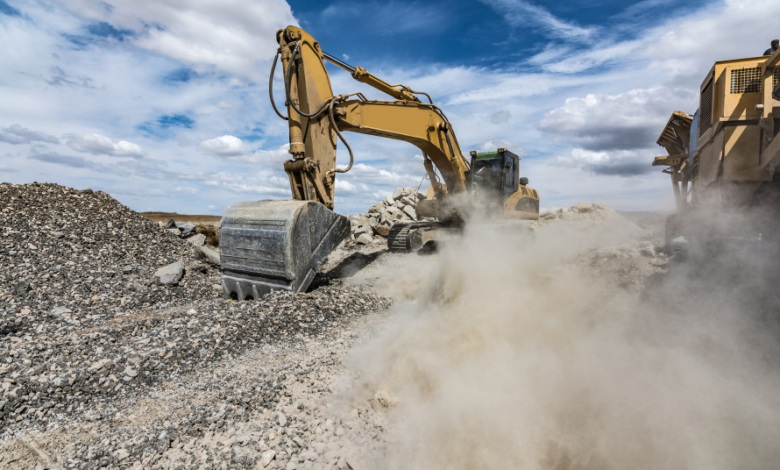Dust Collection and Air Quality on Construction Sites: Key Strategies and Impacts

Construction sites are notorious for their dust and particulate emissions, which can significantly impact air quality and pose serious health risks. Understanding the connection between dust collection systems, or captación de polvo, and air quality is essential for maintaining safe construction environments. This article explores how effective dust management contributes to cleaner air and healthier workplaces, underscoring why these practices are critical for the construction industry.
The Role of Dust Collection in Enhancing Air Quality
Essential Dust Collection Methods
Dust collection systems are specifically designed to capture, collect, and dispose of airborne particles generated during construction activities. These systems range from portable units for specific tasks to large, centralized systems that cover the entire site. The choice of a dust collection system depends on the scale of the project and the nature of the particulates produced.
Mechanical Collectors
Mechanical dust collectors, such as cyclones and baghouses, use physical processes to trap particulate matter. Cyclones separate dust from the air using centrifugal force, while baghouses use fabric filters to capture fine particles. These systems are particularly effective at reducing the amount of breathable and respirable dust at construction sites.
Wet Dust Suppression
Wet dust suppression involves spraying water at strategic points to capture dust before it becomes airborne. This method helps to bind dust particles together, making them heavier and less likely to spread. This technique is not only effective but also environmentally friendly, as it minimizes the release of particulates into the air.
Understanding Air Quality on Construction Sites
Air quality at construction sites can be significantly affected by the amount of dust generated and how effectively it is managed. Poor air quality can lead to a range of health problems for workers, including respiratory issues, skin irritation, and even long-term lung conditions. Furthermore, surrounding communities can also suffer from decreased air quality due to construction-related dust, which can contribute to environmental degradation.
Implications of Effective Dust Management
Health Benefits
Implementing robust dust collection systems directly correlates with better health outcomes for construction workers and nearby residents. Reducing airborne dust levels lowers the risk of respiratory problems and improves overall air quality, contributing to safer work environments.
Regulatory Compliance
Many regions have strict regulations regarding air quality and dust emissions at construction sites. Effective dust collection and air quality management ensure compliance with these regulations, helping to avoid fines and work stoppages. Moreover, adherence to such standards can enhance the construction company’s reputation for responsibility and safety.
Sustainability and Environmental Protection
Effective dust management practices also play a crucial role in protecting the environment. By preventing the spread of dust and other particulates, construction sites can minimize their ecological footprint, promoting sustainability and protecting local wildlife and ecosystems.







